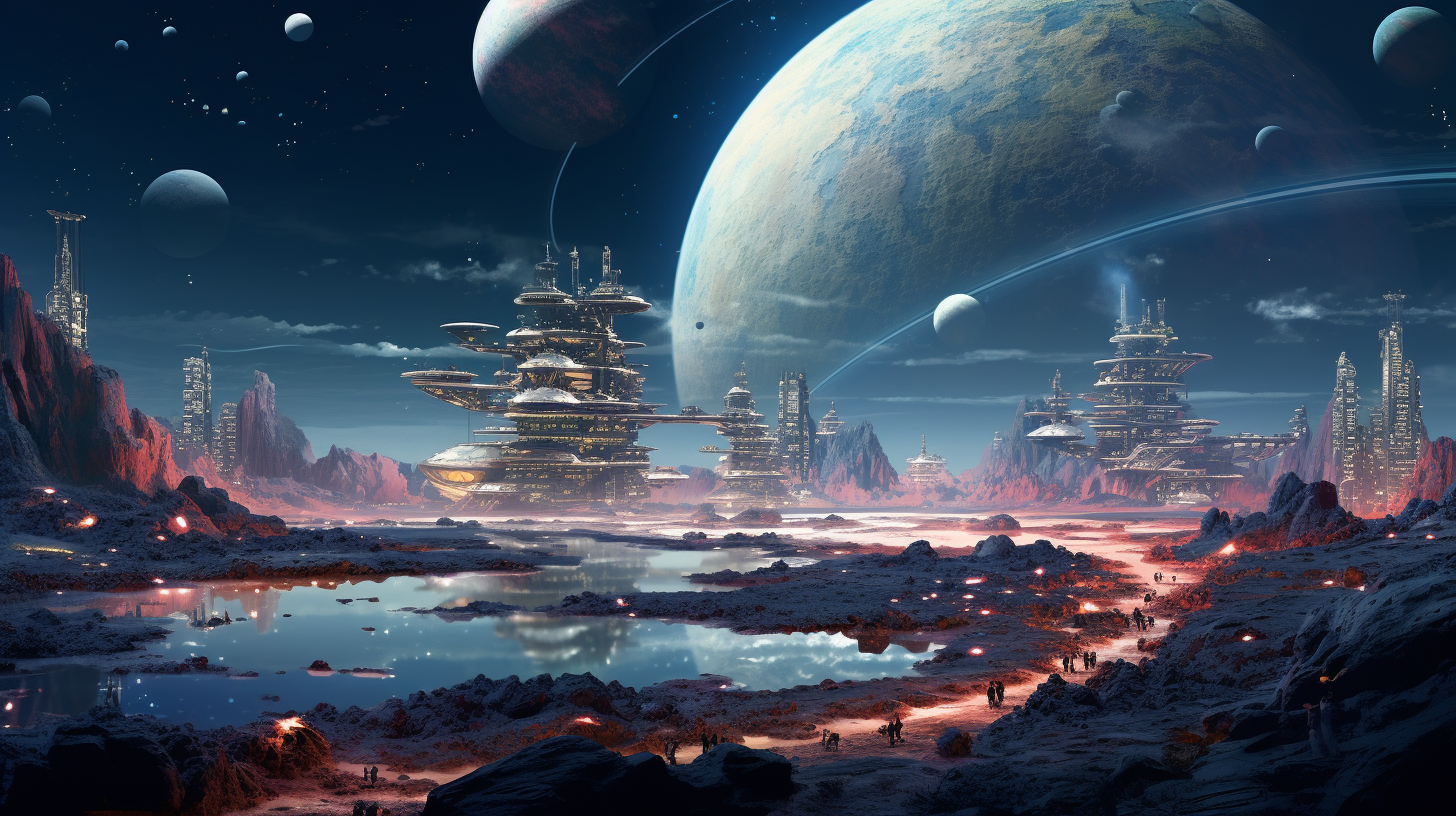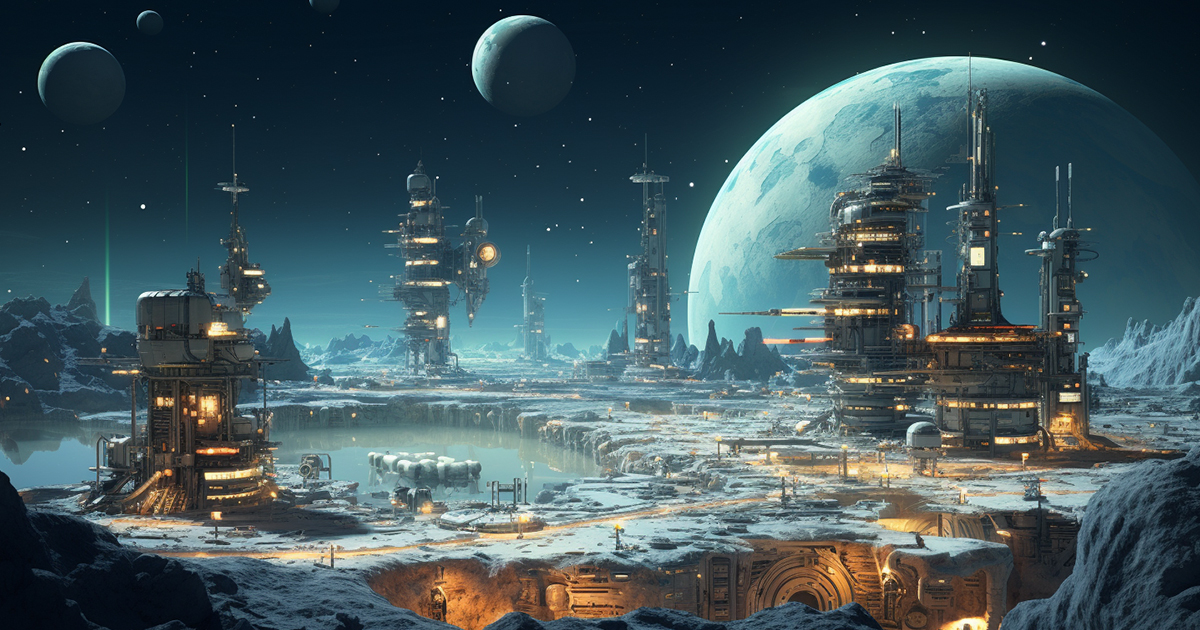The fascination with exploring the vast expanse of the cosmos has captivated human interest throughout history. Now, we stand on the cusp of a new epoch where our boundaries extend beyond Earth to embrace extraterrestrial horizons. The once-distant notion of inhabiting other worlds is rapidly transforming into a tangible goal. The ambitious initiatives by NASA to send astronauts to Mars in the 2030s epitomize the pinnacle of human inquisitiveness. But what if we were to reveal that the concept of reshaping alien planets is not as foreign as it appears? What if the genesis of this idea traces back millennia, originating right here on our own planet?
Our journey commences by delving into the parallels between our contemporary aspirations and the ancient beliefs of past civilizations. Despite not yet setting foot on the Martian terrain, evidence suggests that we are not the first to contemplate the transformation of a foreign planet into a habitable sanctuary.
The realization dawns upon us that our current cosmic endeavors relegate us to mere spectators in the grand cosmic spectacle. We carry our essentials with us, tethered to the comforts of our homeworld. Yet, the imminent leap in our cosmic voyage necessitates that we tap into the resources present beyond our planetary confines. Progressing from resource-dependent missions to self-sufficiency embodies the true essence of human space exploration.

Fascinatingly, the essential resources await exploitation, poised for our utilization as we strive to establish colonies on distant planets. This entails cultivating our sustenance and adapting to the challenges of unfamiliar landscapes. NASA foresees a future where innovation and technology will render the Martian environment more conducive to human presence than previously envisioned. Could this metamorphosis mirror ancient times when, as some theories speculate, extraterrestrial beings altered Earth’s ecosystem to suit their requirements?
Advocates of the ancient astronaut theory contend that evidence of our extraterrestrial ancestry permeates human history. They posit that narratives from diverse ancient cultures hint at the existence of celestial entities that may have influenced our development. For instance, the Kayapo community in Brazil recounts the legend of Bep-Kororoti, an otherworldly being who descended in a peculiar vessel, imparting knowledge of civilization, medicine, and agriculture to the Kayapo people. They continue to venerate this figure, with a holy man clad in attire reminiscent of a spacesuit during their rituals.
A pertinent inquiry emerges: How did the Kayapo envision a being in a spacesuit if not from an encounter with extraterrestrial visitors in antiquity? This intriguing tale, echoed across various ancient societies, prompts contemplation on the probable role of extraterrestrials in shaping our planet’s evolution.
At the threshold of interplanetary settlement, one ponders whether our current monumental venture extends from a process initiated by ancient visitors to Earth. Are we retracing their path as we contemplate converting desolate terrains into flourishing habitats for humanity? While the truth may forever elude us, our expedition into the cosmic vastness echoes ancient wisdom, hinting at a connection between bygone eras and our celestial destiny.
Discover the Video:
In this age of cosmic exploration, we find ourselves not just as travelers but as trailblazers, paving the way towards a future where the realms of Earth and space converge. As we gaze at the stars above, let us remember that the universe holds the secrets of our past and our destiny, awaiting discovery by those bold enough to venture forward.
